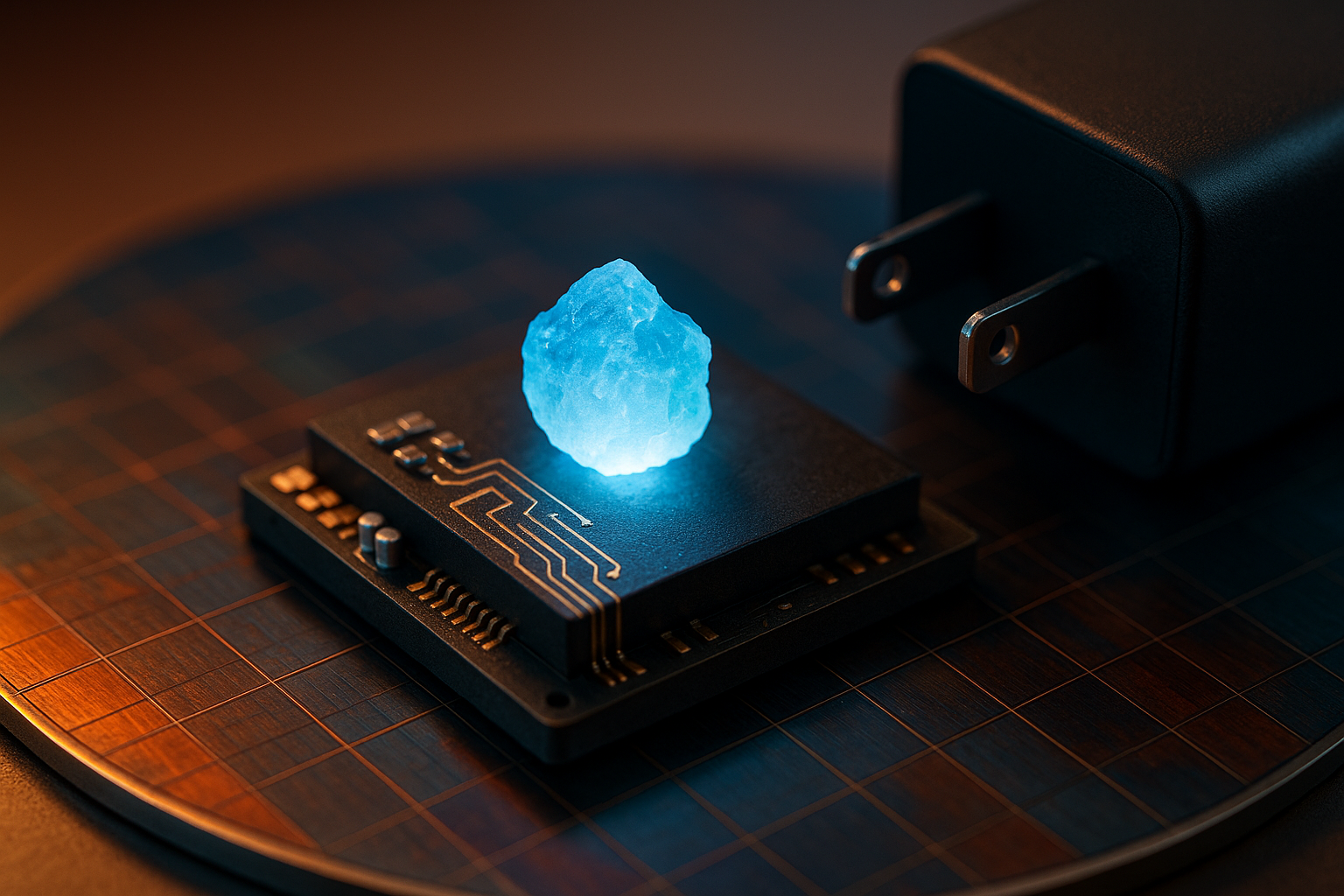"The Dawn of Gallium Nitride: The Next Big Thing in Semiconductor Technology"
Introduction: In the realm of electronics, silicon has reigned supreme for decades. But a new contender, gallium nitride (GaN), is stepping up to challenge the status quo. With superior speed, efficiency, and heat management, GaN semiconductors could herald a new era in technology.

A Tale of Two Semiconductors
Silicon, the second most abundant element on earth, has been the cornerstone of electronic devices since the mid-20th century. Its semiconductor properties, coupled with its abundance and relative ease of production, made it an ideal material for the burgeoning tech industry.
Enter gallium nitride. In the late 1980s, Japanese scientist Shuji Nakamura started exploring GaN as a possible alternative to silicon. The result? A brighter, more efficient LED light that earned him the Nobel Prize in Physics in 2014. But GaN’s potential doesn’t stop at lighting—it’s also a superior semiconductor.
GaN’s Advantages Over Silicon
GaN semiconductors can operate at higher temperatures, voltages, and frequencies than their silicon counterparts. This means they can handle more power and are more efficient, leading to longer battery life and smaller, lighter devices. GaN chips also dissipate heat better, a crucial factor in preventing device failure.
GaN in the Real World
As research into GaN technology continues, we’re starting to see its real-world applications. High-performance GaN power devices are now being used in wireless power transfer, electric vehicles, and high-speed rail, to name a few. In the electronics sphere, GaN chargers are increasingly common, with companies like Apple, Dell, and Lenovo incorporating them into their product lines.
The Market Potential for GaN Semiconductors
Market research firm Yole Développement predicts that the GaN power device market will grow at a Compound Annual Growth Rate (CAGR) of 93% between 2020 and 2025, reaching $423 million. As GaN technology continues to mature, we can expect to see it play an increasingly significant role in the world of electronics.
The Future of GaN
While GaN technology has come a long way, it’s still in its relative infancy compared to silicon. There’s plenty of room for further research and development, not to mention the challenge of scaling up production. As these hurdles are overcome, it’s likely that GaN will become an increasingly common feature in our electronic devices.
Gallium nitride’s rise is a perfect example of how the relentless pursuit of innovation can lead to breakthroughs that shake up established norms. As we enter the GaN era, we can look forward to devices that are smaller, faster, and more efficient than ever before. In the ever-evolving world of technology, the game is always changing—and GaN might just be the next big player.




